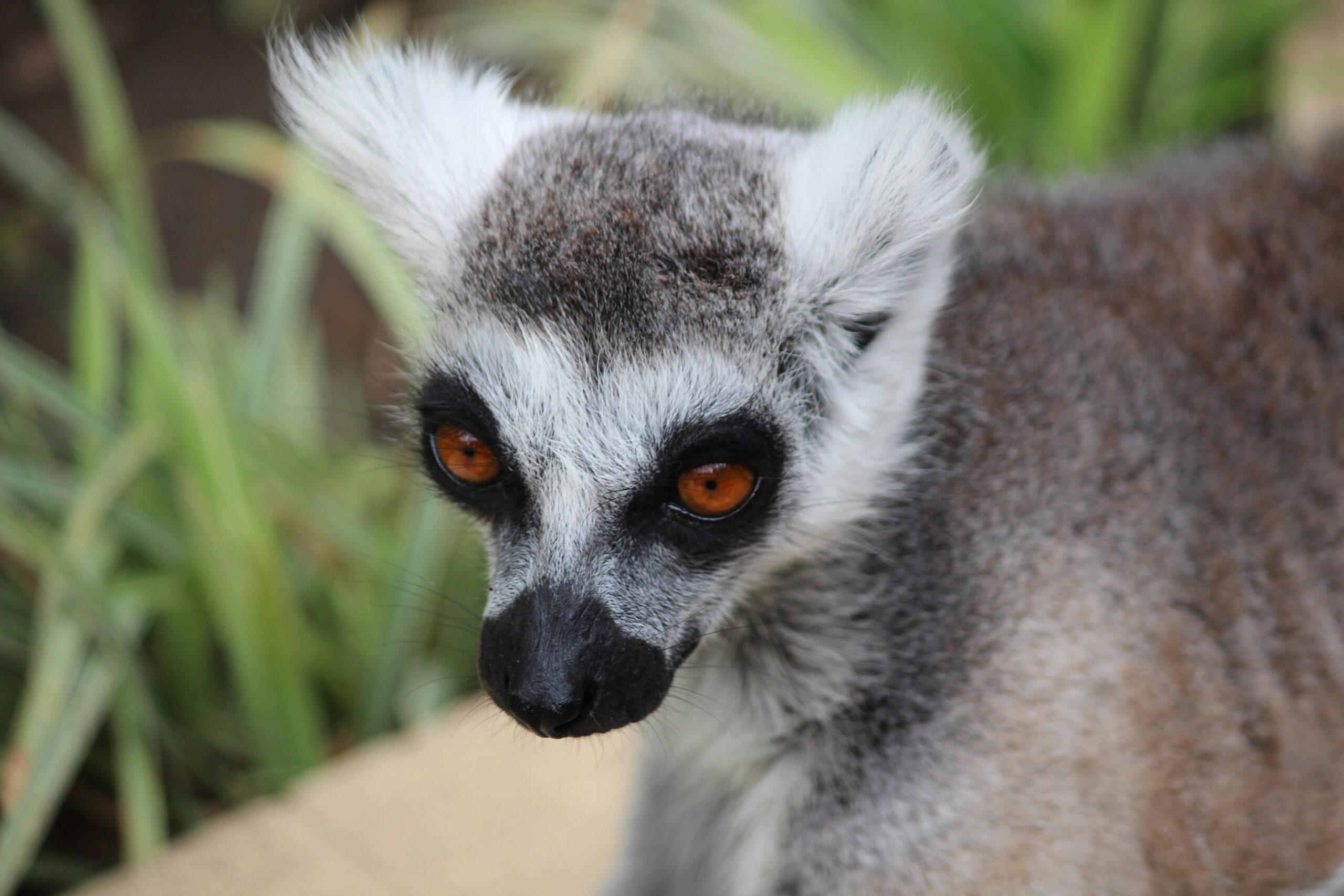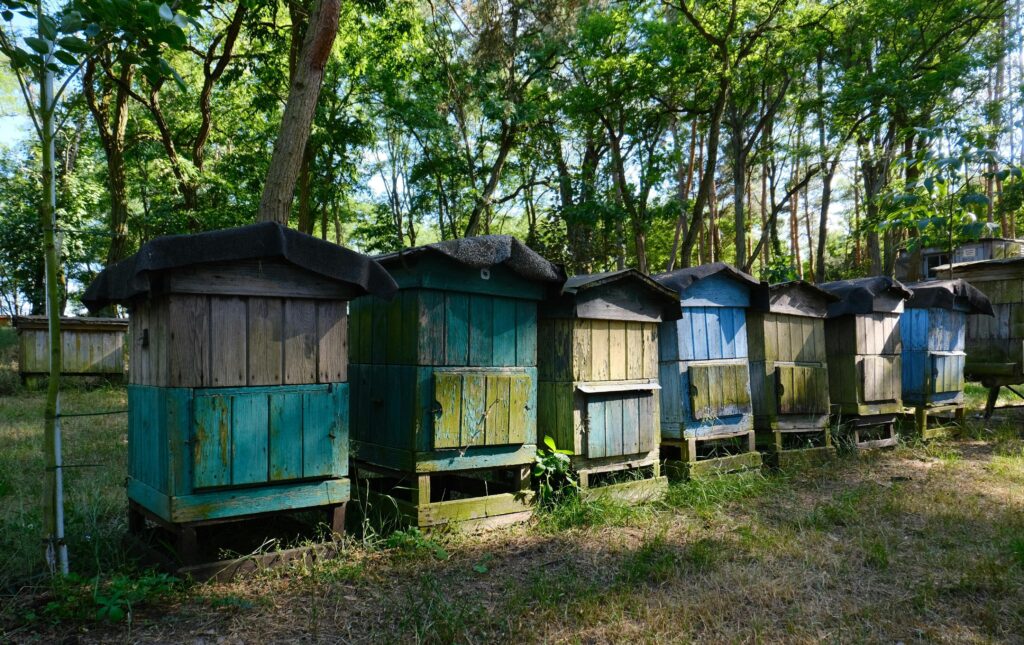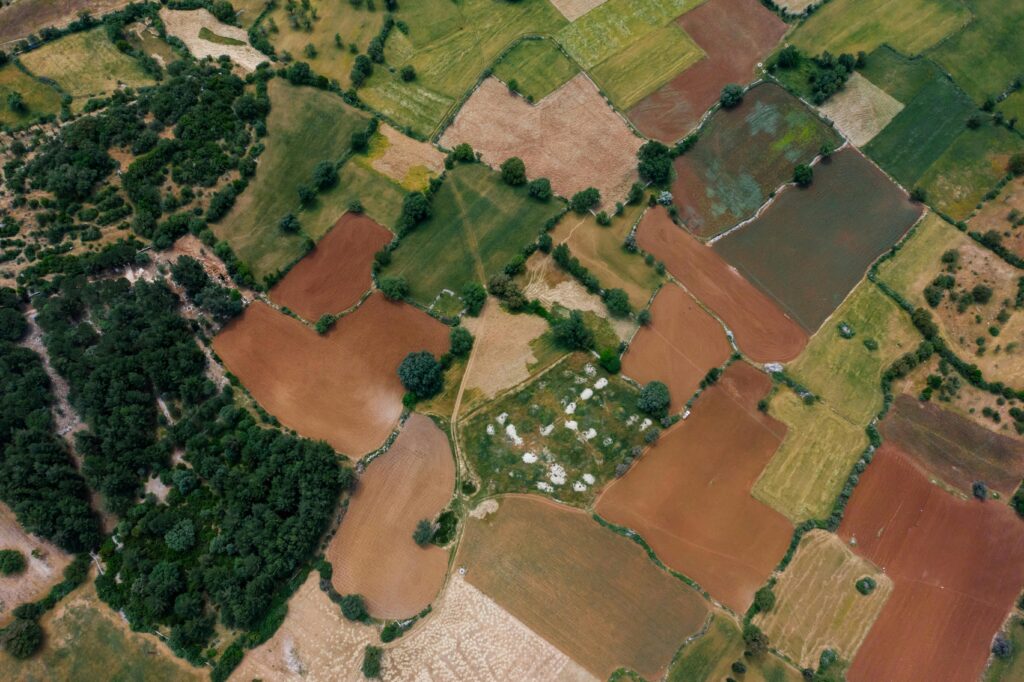Ever wondered why your skincare routine feels like it’s missing something? Maybe you’ve tried every “miracle” serum and organic cream, but your skin still isn’t thriving. What if the problem isn’t the products—it’s biodiversity? Or rather, the lack of it in your beauty regimen.
In this post, we’ll uncover how biodiversity—the variety of life on Earth—plays a starring role in crafting effective organic beauty routines. You’ll learn:
- Why biodiversity is the unsung hero of natural skincare
- Step-by-step ways to incorporate biodiversity-backed ingredients into your routine
- Tips for sourcing truly organic veggies and plants that make a difference
- Real-life examples of brands getting it right (and some getting it oh-so-wrong)
Table of Contents
- Why Biodiversity Matters in Beauty & Skincare
- How to Build an Organic Routine with Biodiverse Ingredients
- 5 Pro Tips for Embracing Natural Beauty
- Brands Leading the Charge—and One Big Fail
- FAQs About Biodiversity and Organic Beauty
Key Takeaways
- Biodiversity ensures rich nutrient profiles in natural ingredients.
- Organic vegetables and botanicals grown sustainably boost skin health.
- Finding certified organic products requires research—but pays off.
- Supporting biodiverse ecosystems supports your skin *and* the planet.
Why Does Biodiversity Matter in Beauty & Skincare?
Imagine this: A lush, vibrant forest teeming with life versus a barren wasteland where nothing grows. Which would you trust to nourish your skin? Yeah, us too. That rich tapestry of plant species doesn’t just look good; it’s packed with essential vitamins, antioxidants, and minerals born from centuries of evolution.
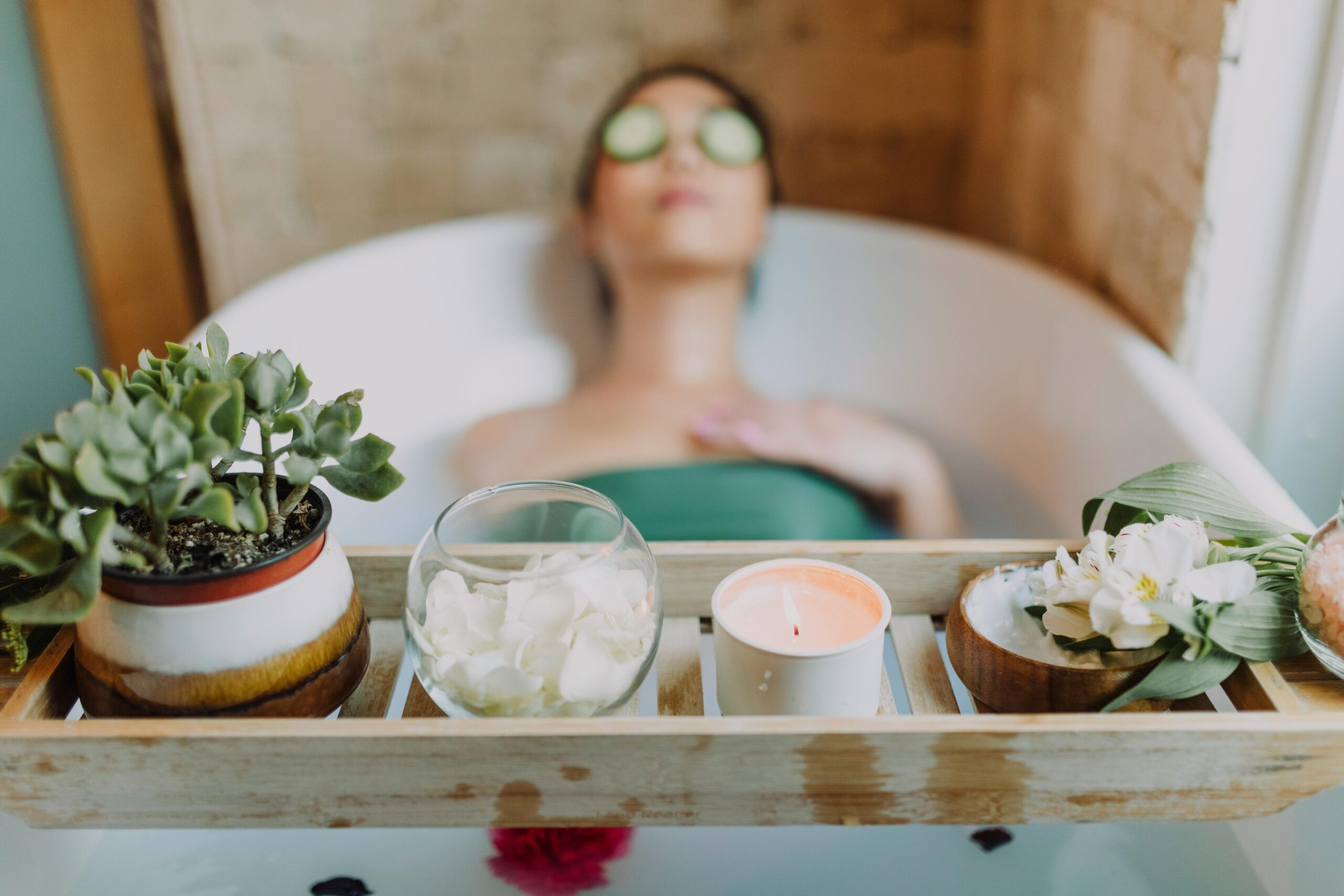
Here’s the kicker: Most commercial skincare relies on monocultures—a fancy term for fields planted with one crop type. These single-crop farms strip soil of nutrients, creating weaker plants. Translation? Weaker results for your skin.
The Confession
I once fell for a “natural” face mask loaded with overhyped aloe vera sourced from… well, who knows where. Spoiler alert: It did absolutely nothing except leave my wallet sad. Lesson learned: Look beyond labels and dig deep into ingredient origins.
How to Build an Organic Routine Using Biodiverse Ingredients
- Start Small: Swap one product at a time. Try switching your moisturizer to one made with heirloom cucumbers or wild-harvested rosehip oil.
- Read Labels Carefully: Opt for certifications like USDA Organic, COSMOS, or Leaping Bunny to ensure authenticity.
- Grow Your Own: If space allows, grow small batches of herbs like chamomile or calendula. These powerhouse plants can soothe irritated skin when infused into oils.
- DIY Masks: Blend organic spinach, avocado, and honey for a nutrient-dense DIY mask. Sounds weird, works wonders.
- Research Brands: Support companies committed to ethical harvesting practices. Hint: They usually shout about their sustainability loud and proud.
Grumpy Optimist Dialogue
Optimist You: “This sounds amazing!”
Grumpy You: “Sure, until I find out kale costs $8 now.”
5 Pro Tips for Embracing Natural Beauty Backed by Biodiversity
- Mistakes Happen: Don’t toss your whole routine yet—transition slowly.
- Skip Greenwashing: Avoid buzzwords like “pure” without proof. Real certifications matter.
- Rant Alert: Stop buying exotic oils harvested unethically! Coconut oil shortages hurt farmers AND ecosystems.
- Patch Test Everything: Even natural stuff can irritate sensitive skin.
- Terrific Tip Gone Wrong: Never slather raw egg whites on your face thinking it’s a miracle cure. Salmonella risk = real.
Brands Leading the Charge—and One Big Fail
Cosmetics giant Lush has long championed biodiversity through ethically sourced ingredients like seaweed and fresh fruit purees. On the flip side, certain brands tout “organic” while using palm oil linked to deforestation. Yikes.
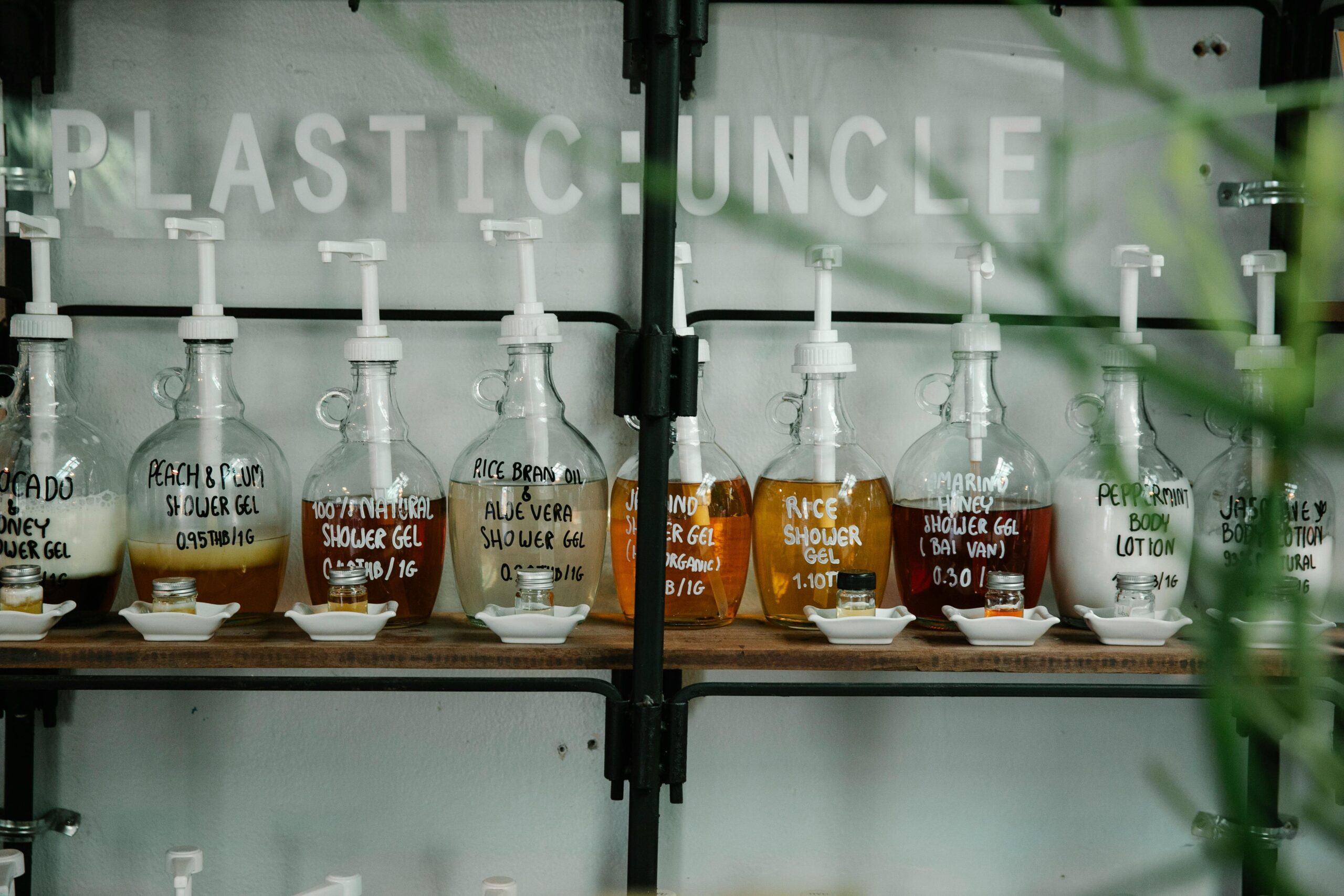
FAQs About Biodiversity and Organic Beauty
What exactly is biodiversity?
Biodiversity refers to the variety of life forms within a given ecosystem. In skincare, it translates to nutrient-rich, varied ingredients.
Are all organic products biodiversity-friendly?
Nope. Just because something’s labeled organic doesn’t mean it respects biodiversity. Always check certifications!
Can I really grow my own skincare ingredients?
Absolutely! Start with easy-to-grow options like mint or lavender.
Conclusion
Biodiversity might sound like science jargon, but it’s the heartbeat of our planet—and your skin. By incorporating biodiverse, organic ingredients into your routine, you’re not only glowing up—you’re supporting Mother Nature. So next time you shop, ask yourself: Is this product as alive as my skin deserves?
Like a Tamagotchi, your beauty habits need daily care. Feed them wisely.
